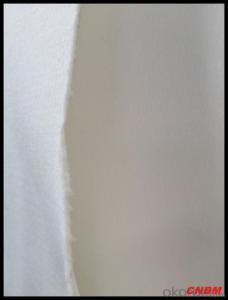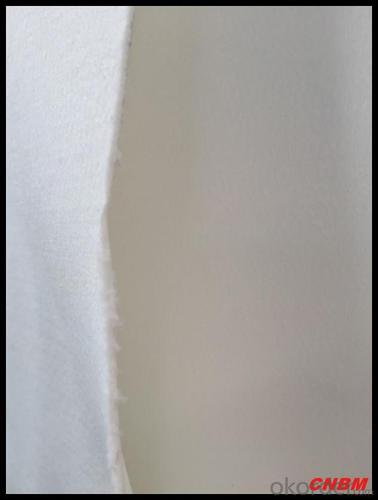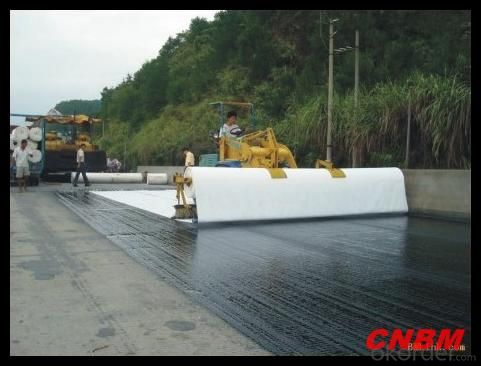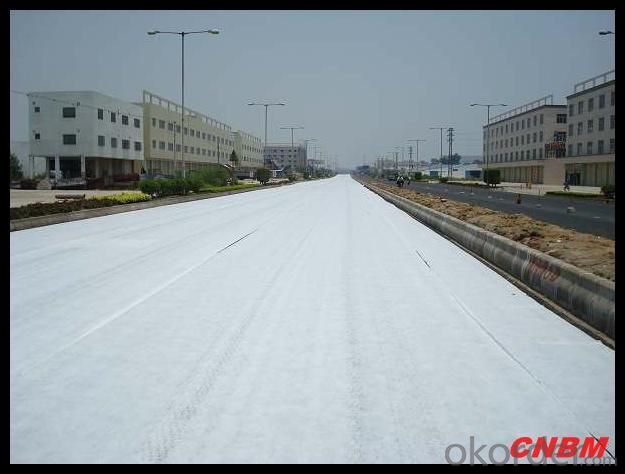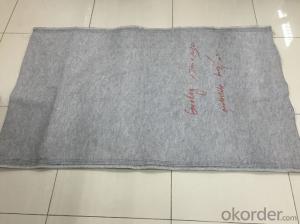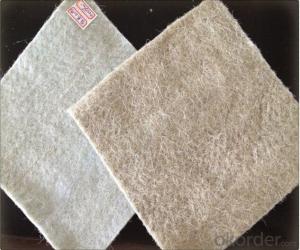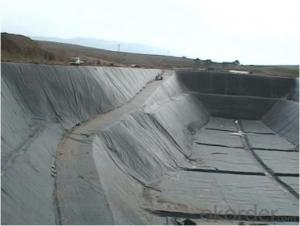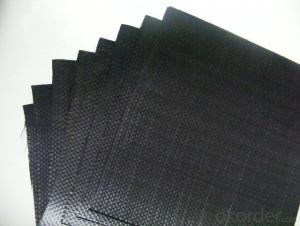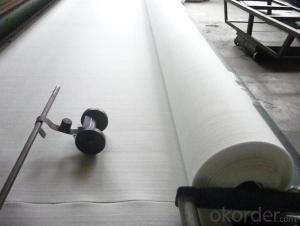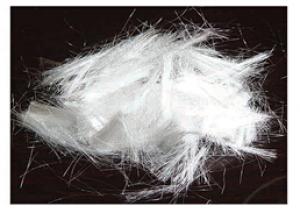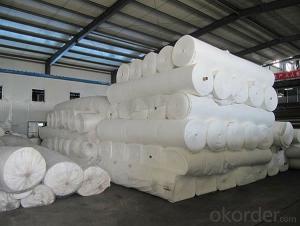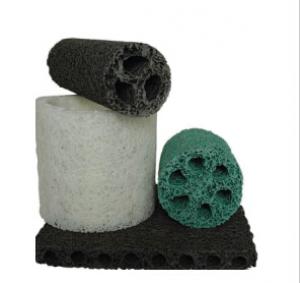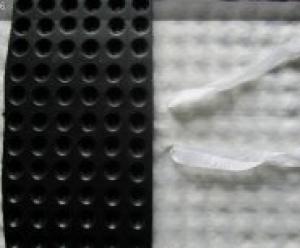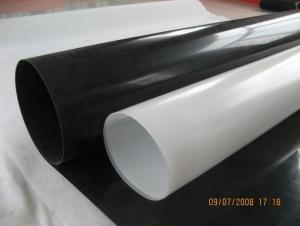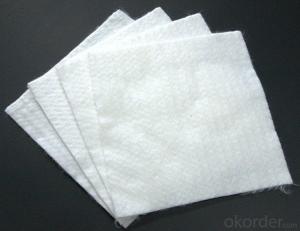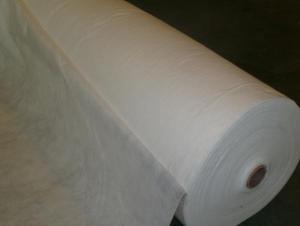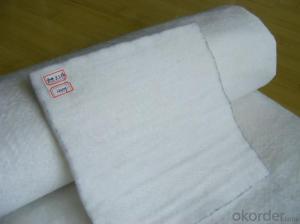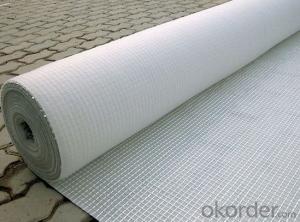Geomembrane Geotextile for Highway, Railway, and Dam
- Loading Port:
- China main port
- Payment Terms:
- TT OR LC
- Min Order Qty:
- 2000 m²
- Supply Capability:
- 500000 m²/month
OKorder Service Pledge
OKorder Financial Service
You Might Also Like
Non Woven Geotextile Introduction:
Nonwoven geotextiles are manufactured from the extrusion of polypropylene fibres which are then laid down on a manufacturing "bed" and then needle punched to entangle the fibres such that a dimensionally stable product is formed. Some additional thermal treatment is then applied to further improve the strength of the geotextile. Because of this manufacturing process non-woven geotextiles are generally best used in applications of drainage, filtration and protection
3. Non Woven Geotextile Features:
Wide-width rolls
Quality Certified
Proven for use in Main Roads works
Large range to suit the application
4. Non Woven Geotextile Application:
(1) artificial filling foundation movement of ground water.
(2) gravel filter layer surrounding the periphery of the drain pipe drain.
(3) in water conservancy projects wells, relief wells or inclined pipe filter.
(4) for retaining wall backfill reinforcement, or for anchored retaining wall panel.
(5) reinforced flexible pavements, crack repair roads, prevent the reflection cracks of pavement.
(6) in ternal vertical or horizontal drainage, dissipation of pore water pressure in soil.
(7) water impermeable geomembrane dam or embankment in the lower part of the back or the concrete.
(8) the isolation layer between the road ballast and subgrade, isolation layer or between the embankment and soft foundation.
(9) the isolation layer soil between highway, airport, railway ballast and artificial rockfill and soil fabric.
5. Non Woven Geotextile Product Show:
logical environment protection engineering
7.Other type nonwovens:space cotton,heat preservation and sound insulation material,oil sorbent mat,cigarette filter tip,tea bag,shoe material,etc
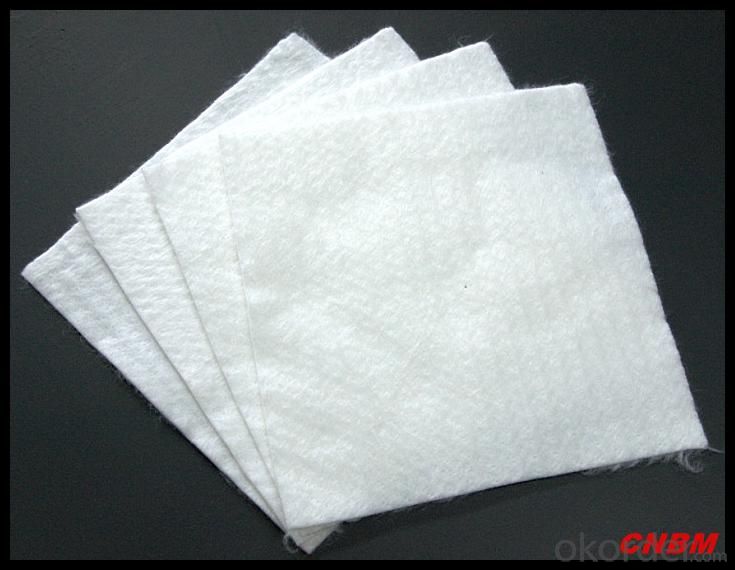
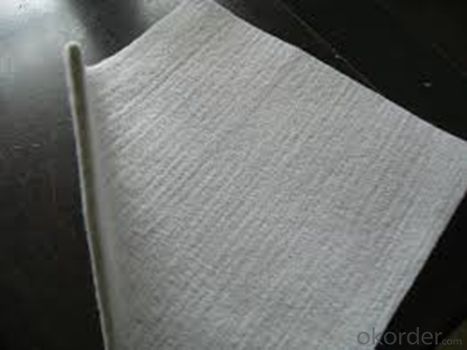
Density | Thickness | Breaking Strength | Elongation of Fracture | CBR Bursting Strength | Vertical Penetration Parameter | Equivalent Aperture |
g/m2 | mm | KN/m | % | KN | cm/s | O95 mm |
65 | 1.2 | 2.8 | 40 ~ 80 | 0.7 | K x (10-1 ~ 10-3) (K = 1.0 ~ 9.9) | 0.07 ~ 0.2 |
75 | 1.4 | 3.3 | 0.8 | |||
100 | 1.6 | 5.0 | 0.95 | |||
150 | 1.52 | 7.5 | 1.5 | |||
160 | 2.0 | 8.5 | 1.60 | |||
200 | 2.4 | 11 | 2.10 | |||
250 | 2.8 | 14 | 2.60 | |||
300 | 3.4 | 16 | 3.20 | |||
400 | 4.0 | 21 | 4.0 | |||
500 | 4.5 | 25 | 4.8 |
Packaging & Shipping
Packing: PLASTIC FILM INSIDE, AND WOVEN BAG OUTSIDE
Shipping: About 15 days after receipt the deposit
pecifications
geotextile fabric
permeability,filtration,easy for construction
ISO and CE certificate
Good quality and competitive price
Our Service
Quality assurance
1.On a regular basis or as per your request,we entrust national testing agencies to conduct quality inspections
2. Strictly in accordance with the ISO9001-2008 international quality system standard,we monitor and manage the whole process throughout production,quality testing,and measurement to ensure product quality
3. For quality-related construction delay or substandard construction(except for damage or losses due to customer’s responsibility or irresistible natural disasters),we have refunding,replacement,and repair services.We will respond to customers’ feedbacks on quality issues within 24 hours.
After-sales service
1.In order to provide customers with comprehensive technical support,we will provide technical and other related information upon request in a timely manner.
2.In required,we will appoint specialized technicians to the construction site to give technical trainings to construction people,and offer technical guidance throughout the whole construction process.
3.For damage due to shipment and delivery,after we receive the complaint,we will check the issure through provided pictures and videos.If our responsibility is confirmed,we wil offer free replacement.
4.When the construction is completed,as your request,our technical staff may participate in the final acceptance.
FAQ:
Q: What kind of payments does jenor support?
A: T/T, L/C, Cash are accepted.
Q: Do you charge for the samples?
A: Accordeing to our company policy, the samples are free, we only charge the freight fee. And we will return the freight fee during the next order.
Q: Can you produce according to customers' design?
A: Sure, we are professional manufacturer, OEM and ODM are both welcome.
Q: Do you have other products?
A: Yes, please check the pictures:
- Q: Can geotextiles be used in the construction of reservoirs?
- Yes, geotextiles can be used in the construction of reservoirs. Geotextiles are commonly used as a filtration and separation layer in the construction of dams and reservoirs. They help to prevent soil erosion, provide stability, and enhance the overall durability of the reservoir structure.
- Q: Are geotextiles suitable for use in waste containment systems?
- Yes, geotextiles are suitable for use in waste containment systems. They are commonly used as liners or covers in landfills and other waste management facilities to prevent the migration of contaminants and control leachate. Geotextiles provide filtration, separation, and reinforcement properties that enhance the overall performance and longevity of waste containment systems.
- Q: Are geotextiles recyclable?
- Yes, geotextiles are recyclable. They can be reused or repurposed for various applications, reducing waste and promoting sustainability. However, the recyclability may vary depending on the specific type and composition of the geotextile.
- Q: What are the materials used for spinning geotextiles?
- Spinning is made of synthetic fibers through acupuncture or weaving made of permeable geosynthetics. There are at least two sets of parallel yarns (or flat yarn), a group of looms along the loom (the direction of fabric travel) called warp yarns, another group The horizontal arrangement is called weft yarn.With the different weaving equipment and the process, the warp and the weft are woven together into a cloth, and can be knitted into different thickness and density according to different use range. Generally, the spinning and weaving cloth is thin and vertical Have a very strong tensile strength (longitude than latitude), with good stability. There are spinning geotextile according to the weaving process and the use of latitude and longitude is divided into reinforced geotextile and non-reinforced geotextile two categories, plus The tensile strength of the geotextile is much larger than that of the ordinary geotextile, and the general application of the geotextile is reinforced with the reinforcement of the geotextile project. The main function is reinforced by reinforcement and has the function of plane isolation and protection. Can be selected according to the specific purpose of use.
- Q: What are the factors to consider when selecting geotextiles for embankment stabilization?
- When selecting geotextiles for embankment stabilization, several factors should be considered. These include the strength and durability of the geotextile, its ability to withstand environmental conditions such as sunlight exposure and chemical degradation, its filtration and drainage properties, and its compatibility with the soil and other materials used in the embankment. Additionally, factors such as cost, installation requirements, and the specific project requirements and goals should also be taken into account.
- Q: What are the factors to consider when selecting geotextiles for mining applications?
- When selecting geotextiles for mining applications, factors to consider include the type and size of particles being contained or separated, the required strength and durability of the geotextile, the level of permeability needed, the potential for chemical or biological degradation, and the site-specific conditions such as slope stability and groundwater levels. Additionally, the cost-effectiveness and ease of installation should also be taken into account.
- Q: Welding geotextile how to apply the mattress on or below
- The company specializes in the production of geotextile, geomembrane and other geotextile materials to undertake welding works!
- Q: Can geotextiles be used in geotechnical engineering?
- Yes, geotextiles can be used in geotechnical engineering. Geotextiles are commonly used in geotechnical engineering for applications such as soil stabilization, erosion control, filtration, drainage, and reinforcement. They provide various benefits such as improved soil strength, increased load-bearing capacity, and enhanced drainage capabilities. Geotextiles are versatile and widely employed in a range of geotechnical projects, including road construction, retaining walls, landfills, and slope stabilization.
- Q: Can geotextiles be used in the protection of groundwater sources?
- Yes, geotextiles can be used in the protection of groundwater sources. Geotextiles are permeable fabrics that can be used to create barriers and filters in various applications. When used in groundwater protection, geotextiles can act as a barrier to prevent the movement of contaminants or pollutants from reaching the groundwater sources. They can also be used as filters to separate and remove suspended particles, sediments, or pollutants from stormwater runoff before it infiltrates into the groundwater. Overall, geotextiles can play a crucial role in maintaining the quality and integrity of groundwater sources.
- Q: Can geotextiles be used for erosion control in construction sites?
- Yes, geotextiles can be used for erosion control in construction sites. They are commonly employed to stabilize soils and prevent erosion by providing a barrier against water and wind. The geotextiles can be installed in various ways, such as on slopes, embankments, or beneath vegetative cover, to effectively control erosion and promote soil stability during construction activities.
Send your message to us
Geomembrane Geotextile for Highway, Railway, and Dam
- Loading Port:
- China main port
- Payment Terms:
- TT OR LC
- Min Order Qty:
- 2000 m²
- Supply Capability:
- 500000 m²/month
OKorder Service Pledge
OKorder Financial Service
Similar products
Hot products
Hot Searches
Related keywords
